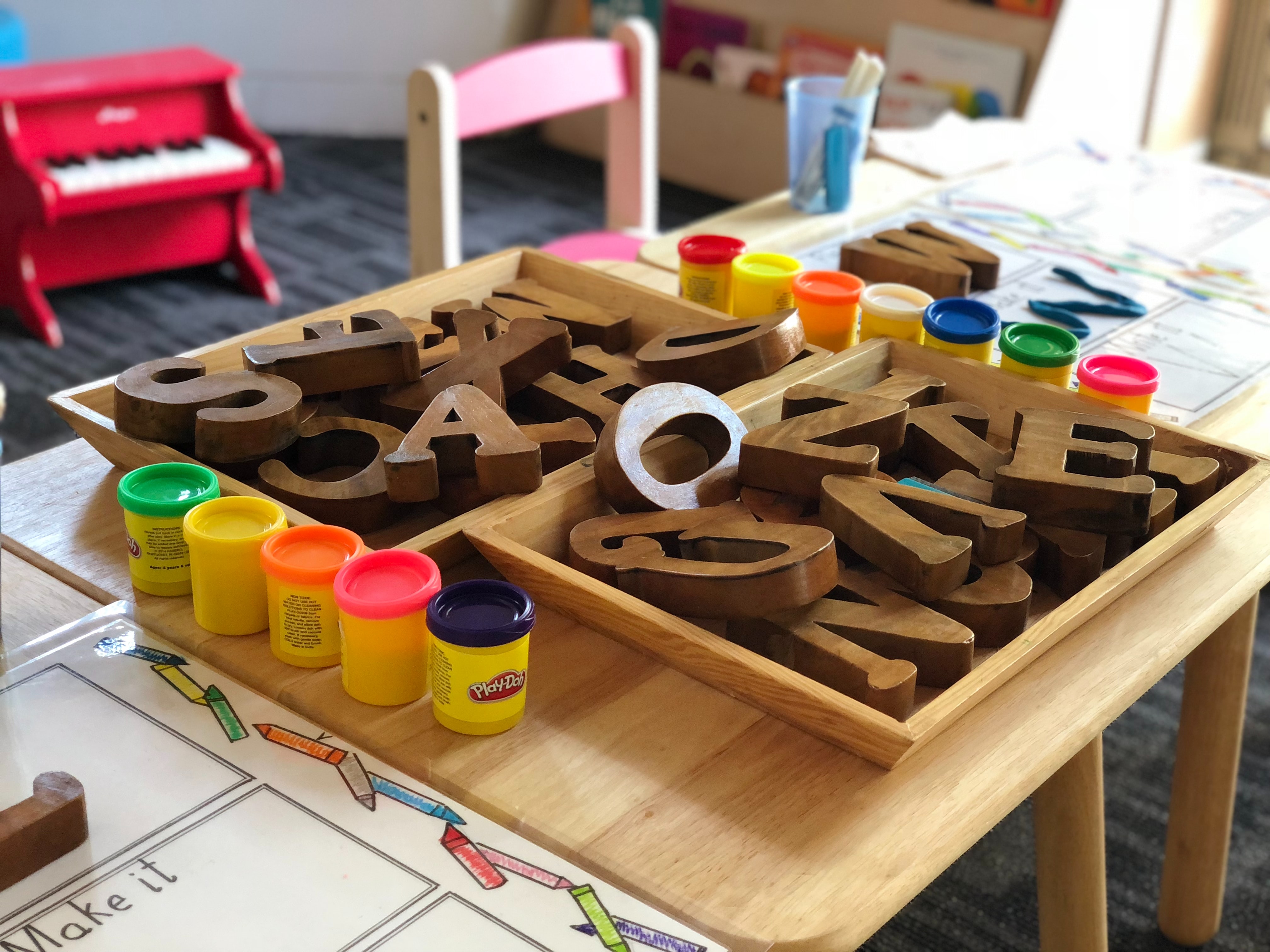Every parent wants their child to be safe from adults who might harm them, and yet it’s a difficult subject to think about and discuss. Popular approaches include talking about “stranger danger” and “tricky people,” but these strategies usually don’t work to protect children because they avoid the most common scenarios: 91% of sexual assailants were known and trusted by the person they harmed*. Additionally, they reinforce harmful assumptions about who could be a sexual predator. Communities can prevent sexual assault against children, and it can start with policies and norms in a preschool.
Resolve and Solace Crisis Treatment Center have teamed up with Santa Fe preschools and youth-serving organizations to create organizational policies and norms that will deter people who want to cause harm to children. These organizational practices will also teach children that their bodies are their own.
Resolve and Solace provide sexual assault prevention trainings to staff and work with directors to adopt evidence-based policies. One such policy is asking potential employees in the interview process how they think the organization should prevent sexual violence. Another policy states parent volunteers cannot be alone with any child unless it is their child. There are many more, but all of them support the following characteristics, because communities that promote these norms are more likely to be safe from sexual assault.
1) Children are given (curated) choices
The adults curate the choices to be safe and appropriate. “Would you like to wear the red shirt or the yellow shirt?” The adults curate both options to be appropriate for playing outside. Allowing children to have some agency in their life teaches them that their opinion matters. This values cooperation over simply obeying. Bonus, choices often lead to more harmonious adult-child relationships!
2) Bodily Autonomy
This can be applied to newborns by simply asking permission to change the diaper and explaining the process, “Now, I’m going to wipe your bum so you will be clean and comfortable.” As children get older, bodily autonomy can look like asking a child how they want to say good bye to their friends and family.
3) Expansive gender roles
At its core, sexual abuse is always rooted in and supported by rigid gender roles. Many boys learn that they need to be tough and deal with problems on their own. Many girls learn that they should not hurt someone’s feelings, even if that person is hurting them. Those who seek to harm children know that they can leverage these stereotypes and expectations so that the child will not resist or speak up when they are being harmed. We can decrease the pressure with gender roles at young ages by allowing and giving positive reinforcement for all kinds of outfits and dress up, by inviting students to line up based on favorite animal (dog vs cat) instead of by boys on one side and girls on the other, and more.
4) Healthy sexuality education
Children need to learn age-appropriate information about their bodies, sexuality, and relationships. Euphemisms or cute names (even “private parts”) for body parts communicates to young children that adults are uncomfortable and do not want to talk about it – even possibly when they are being hurt. Using proper names such as “vulva,” “penis,” and “testicles” is an important part of prevention. This then builds the foundation for talking about sexuality and relationship dynamics as they grow older.
5) That could happen here
Acknowledging the possibility that abuse can happen at your school or agency is the first part of preventing it. Once that happens, you’re able to make a prevention plan and learn to recognize the signs of abuse.
6) No Secrets
Children are less likely to keep secrets about people who are harming them or making them uncomfortable when no parent or caregiver has ever asked them to keep a secret before.
Encouraging young people to keep secrets – even seemingly harmless ones like, “Don’t tell the other kids I gave you the last candy,” deactivates their intuition and can cause confusion when someone who is acting inappropriately tells them to keep a secret. Adults can help by distinguishing between secrets and surprises and only inviting children to participate in surprises, not secrets.
7) Practicing difficult conversations
If we want to be able to support children when big, difficult things are happening in their lives, we need to practice having smaller difficult conversations. Think of it like lifting weights – we can’t just start out bench-pressing 250 pounds. We need to start with smaller weights and build up our muscle strength.
8) Positive sense of identity
Research shows that people are more likely to self-advocate if they have a positive association with a part of their identity that is marginalized. Young people need to learn that their disability, sexuality, skin color, etc. is part of what makes them unique and valuable, not that they are great despite these things.
It is everyone’s responsibility to prevent sexual violence. Communities that are willing to talk about sexual assault and make changes to deter violence will prevent sexual assault from happening.
If you are interested in sexual assault prevention training and technical assistance in adopting school policies to prevent sexual violence, please reach out to the following organizations:
Solace- Jess Clark- jclark@findsolace.org www.findsolace.org
Resolve- Scott Harrison scott@resolvenm.org www.resolvenm.org
*https://www.cdc.gov/violenceprevention/childabuseandneglect/childsexualabuse.html
Photo by Gautam Arora on Unsplash
It starts with us to prevent sexual violence. Find resources for teens and mentors at www.ItStartsWithUsNM.org/tools/ and follow on Facebook @ItStartsWithUsNM and Twitter @StartsWithUsNM.
Blog by Alex Ross-Reed (she, her, hers), a sexual violence preventionist, health educator, writer, and artist living in Albuquerque, New Mexico.


Recent Comments